Cross-border e-commerce, the online sale of goods and services across international borders, is experiencing explosive growth. Fueled by the internet and a growing appetite for international products, this trend is transforming the way businesses operate and consumers shop. In this blog, we will dive deep into this exciting phenomenon, exploring its advantages, challenges, and the keys to success.
Introduction to Cross-Border E-Commerce
1. Understanding Cross-Border E-Commerce
In essence, cross-border e-commerce involves businesses selling products online to customers in different countries. This encompasses various models:
- Business-to-Consumer (B2C): This is the most common model, where businesses directly sell to international consumers through their own websites or online marketplaces like Amazon or eBay.
- Business-to-Business (B2B): Businesses sell products and services to other businesses located in different countries.
- Consumer-to-Consumer (C2C): Platforms like Etsy facilitate individual sellers reaching international customers.
The rise of cross-border e-commerce is undeniable. The global B2C cross-border e-commerce market is expected to reach a value of 7.9 trillion U.S. dollars by the year 2030.This trend is driven by several factors:
- Increased internet penetration: With more people globally accessing the internet, the potential customer base for online businesses has expanded exponentially.
- Technological advancements: Secure payment gateways, efficient logistics networks, and real-time translation tools have streamlined cross-border transactions.
- Growing demand for international products: Consumers are increasingly seeking unique products unavailable in their local markets.
2. The Increasing Significance of Cross-Border E-Commerce in Global Business
Cross-border e-commerce offers a plethora of benefits for businesses of all sizes:
- Reaching Global Customers and Markets: Businesses can bypass geographical limitations and tap into a vast pool of potential customers worldwide.
- Potential for Business Growth and Expansion: Cross-border e-commerce allows businesses to scale their operations without the significant investment required for opening physical stores in new countries.
- Enhanced Customer Base and Increased Sales: Businesses can diversify their customer base and potentially increase sales significantly by catering to international markets.
- Opportunity to Diversify Business: Cross-border e-commerce enables businesses to leverage their product offerings and expertise in new markets, mitigating dependence on any single market.
Challenges of Engaging in Cross-Border E-Commerce
While the potential rewards are significant, venturing into cross-border e-commerce also presents challenges that need to be addressed.
Dealing with Different Tax Regulations and Import Duties
Navigating the complex web of international tax laws and import duties is a significant challenge for cross-border e-commerce businesses. These regulations vary widely between countries, making it difficult to ensure compliance. Factors such as value-added tax (VAT), goods and services tax (GST), customs duties, and tariffs can significantly impact product pricing and profitability. Miscalculations or non-compliance can lead to hefty fines, delayed shipments, and damaged brand reputation.
Understanding Cultural Differences and Local Consumer Behaviors
Each market has its unique cultural nuances, consumer preferences, and shopping habits. Failing to understand these differences can lead to marketing misfires, product failures, and poor customer experiences. For instance, color symbolism, product design, marketing messaging, and even website layout can vary significantly across cultures. Additionally, local consumer behaviors, such as payment preferences, return policies, and customer service expectations, must be considered for successful cross-border operations.
Managing Logistics and Ensuring Timely Product Delivery
Cross-border logistics is a complex and often costly undertaking. Challenges include:
- Customs clearance: Navigating customs procedures, documentation, and potential delays.
- Shipping carriers: Selecting reliable carriers with competitive rates and efficient delivery services.
- Inventory management: Managing inventory levels in different locations to meet customer demand.
- Returns and exchanges: Handling returns from international customers efficiently.
- Shipping costs: Calculating and communicating accurate shipping costs to customers.
Inefficient logistics can lead to longer delivery times, increased costs, and customer dissatisfaction.
Overcoming Language Barriers and Providing Effective Customer Service
Language barriers can pose significant challenges for cross-border businesses. Effective communication with international customers is crucial for building trust and loyalty. Providing customer support in multiple languages can be resource-intensive. Additionally, cultural differences in communication styles and expectations must be considered to ensure effective customer interactions. Poor customer service can damage brand reputation and lead to customer churn.
To address these challenges, businesses often invest in localization, international shipping expertise, and advanced technology solutions.
Overcoming Specific Cross-Border E-Commerce Challenges
1. Building Trust and Brand Awareness in New Markets
One of the biggest hurdles for businesses entering new markets is establishing brand awareness and trust with potential customers. Here are some strategies to consider:
- Partnering with local influencers: Collaborate with social media influencers and bloggers popular in your target markets to promote your brand and products.
- Leveraging social media marketing: Utilize localized social media platforms to connect with potential customers and build brand awareness.
- Building customer reviews and testimonials: Encourage satisfied international customers to leave positive reviews on your website and social media pages.
2. Managing Currency Fluctuations and International Payment Processing
Fluctuations in exchange rates can impact your profit margins. Consider offering customers the option to pay in their local currency to mitigate this risk. Partnering with a payment processing company that specializes in cross-border transactions can ensure smooth and secure transactions for your international customers.
3. Optimizing Your Website for International Traffic
Your website is your online storefront, and it needs to be optimized for international customers. Here are some key considerations:
- Implementing a Content Delivery Network (CDN): A CDN can improve website loading speeds for visitors from different geographical locations.
- Optimizing for mobile browsing: With the increasing popularity of mobile shopping, ensure your website offers a seamless user experience on mobile devices. By 2027, Statista analysts expect $3.4 trillion of mobile e-commerce sales, in stark contrast with the $982 billion that were generated in the segment as recently as 2018.
- Utilizing Search Engine Optimization (SEO) for international markets: Research relevant keywords in your target languages and optimize your website content accordingly.
Tips for Successful Cross-Border E-Commerce
1. Researching and Understanding Target Markets
Thorough research is crucial before venturing into new markets. Businesses need to understand consumer preferences, purchasing power, and any cultural nuances that might impact their success.
Let’s take a look at Alibaba.com, a cross-border e-commerce giant. Alibaba.com isn’t just a B2B marketplace, it’s a global engine for cross-border trade. Here’s why:
- Massive Network: Connects millions of buyers worldwide with Chinese and international suppliers.
- Streamlined Buying: User-friendly platform with secure payments, product searches, and logistics support.
- Tech-Driven Experience: AI recommendations, multilingual support, and a mobile app enhance buying.
- Building Trust: Supplier verification, trade assurance, and online reviews ensure buyer confidence.
2. Offering a Localized Shopping Experience
This includes translating websites and marketing materials into the local language. Additionally, businesses should consider offering localized payment options and adapting their product offerings to cater to local preferences.
A 2020 survey revealed that language significantly impacts online shopping behavior.
- Language preference: A strong majority (73%) of global consumers prioritize product reviews in their native language.
- Tolerance for mixed languages: While 67% of consumers can tolerate mixed languages on websites, it’s clear that native language content is preferred.
- Language as a purchasing barrier: Only 40% of shoppers would avoid buying from a non-native language website, indicating potential for growth even with limited language options.
3. Ensuring Secure and Diverse Payment Options
Providing a variety of secure payment options popular in your target markets is essential. This might include integrating international credit card processors, digital wallets like PayPal, and even cash-on-delivery options in certain regions.
4. Delivering Efficient and Reliable Shipping Services
Partnering with reliable international shipping providers who offer competitive rates and transparent tracking information is key. Consider offering multiple shipping options to cater to different customer needs and budgets. Offering transparent and competitive shipping costs upfront builds trust with customers and reduces cart abandonment.
5. Investing in Customer Service and Communication in the Local Language
Providing excellent customer service is paramount in any e-commerce business, but even more critical in cross-border transactions. Businesses should offer customer support in the local language of their target markets. This can be achieved through live chat, email support, or even toll-free phone numbers for high-value markets.
Do’s and Don’ts in Cross-Border E-Commerce
Do’s:
- Abide by Local Laws and Regulations: Failing to comply with local regulations can result in hefty fines and operational disruptions.
- Understand Customers’ Needs and Preferences: Conduct market research to understand your target audience’s expectations and tailor your offerings accordingly.
- Implement Transparent Pricing and Shipping Policies: Clearly communicate all costs associated with a purchase, including taxes, duties, and shipping fees. This builds trust and avoids customer frustration.
Don’ts:
- Ignoring Cultural Differences: A one-size-fits-all approach won’t work. Respect cultural nuances and adapt your marketing and branding strategies to resonate with your target audience.
- Neglecting Customer Service: Prompt and efficient customer service is essential for building trust and fostering customer loyalty.
- Overlooking Localization Needs: A localized shopping experience is crucial for success. Don’t underestimate the importance of translated websites, product descriptions, and customer support.
Intoglo: Your Trusted Partner in Cross-Border E-Commerce
Intoglo understands the complexities of navigating the cross-border e-commerce landscape. We offer a comprehensive suite of solutions designed to help businesses of all sizes achieve success in the global marketplace by ensuring efficient and cost-effective delivery of your products.
. Here’s how Intoglo supports US-bound cross-border e-commerce:
- Efficient Door-to-Door Container Delivery: Intoglo’s Seamless Shipping Solutions from India to Anywhere in the USA. You can trust that your products will arrive safely and on time, no matter where in the USA they are headed.
- Warehousing and Fulfillment Solutions: For businesses looking to establish a presence in the US market, Intoglo can help them set up inventory in strategically located warehouses. This allows for faster delivery times and potentially reduces shipping costs for US customers.
- Duty and Tax Pre-Calculation and Payment: Intoglo can help international businesses navigate the often-complex world of US import duties and taxes. They may offer pre-calculation of these charges at checkout, reducing cart abandonment and ensuring a smooth customer experience.
- Identify HS Codes with Intoglo’s AI-Powered HS Scanner: For new sellers, identifying the correct Harmonized System (HS) code for their products is crucial. Intoglo’s AI-powered HS Scanner makes this process effortless. By using this tool, sellers can quickly determine the appropriate HS code for their products, which in turn provides them with the corresponding US duty tariff.
In essence, Intoglo acts as a one-stop shop for international businesses looking to sell their products in the US. They provide the tools and expertise needed to overcome the logistical hurdles associated with cross-border e-commerce, allowing businesses to focus on marketing and sales.
Case Studies: Success Stories in Cross-Border E-Commerce
The potential of cross-border e-commerce is not just theoretical. Numerous businesses have leveraged this channel to achieve remarkable growth in the global marketplace. Here are a few inspiring examples:
- SHEIN: This Chinese fashion brand has become a global phenomenon by offering trendy clothing and accessories at competitive prices. SHEIN’s success hinges on several factors: a localized shopping experience with websites translated into multiple languages, diverse payment options, and efficient international shipping with real-time tracking.
- Skillmatics: Skillmatics is renowned for its engaging and innovative learning games designed to enhance children’s skills and knowledge. By partnering with Intoglo, Skillmatics ensures that their high-quality products reach customers across the USA efficiently and on time. With Intoglo, you can trust that your products will arrive safely and promptly, regardless of the destination in the USA.
These case studies highlight the importance of understanding your target audience, tailoring your offerings accordingly,and providing a seamless customer experience throughout the buying journey.
Conclusion
Cross-border e-commerce presents a dynamic and exciting opportunity for businesses to expand their reach and achieve global success. By understanding the advantages and challenges, conducting thorough market research, and implementing a strategic approach, businesses can navigate the complexities of cross-border e-commerce and thrive in the international marketplace.
Embrace the potential of cross-border e-commerce with Intoglo, your one-stop destination for all your cross-border e-commerce needs. Our experts can assist you with:
- Ocean FCL Shipments
- Amazon Walmart Shipments (FCL)
- Transloading, Palletization
- 3PL Warehousing across USA
- Trucking across USA & India
- Dedicated 24/7 Assistance on your Shipment
- Compliance & Customs clearance
Contact us today to learn more about how our comprehensive solutions can help your business unlock the vast potential of the global market.


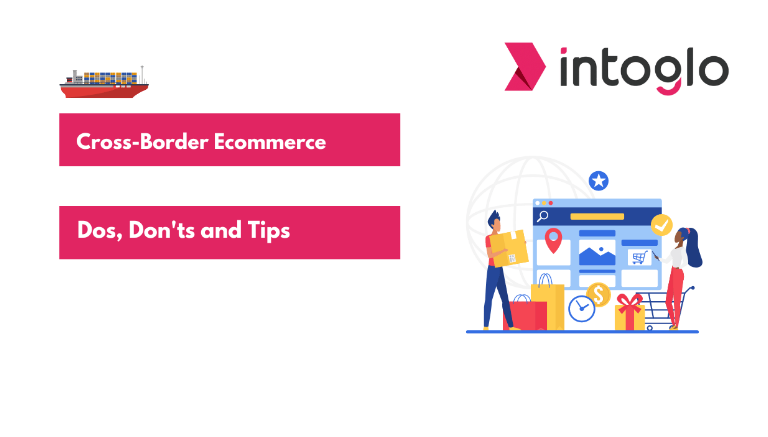
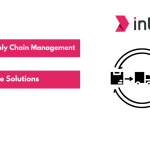
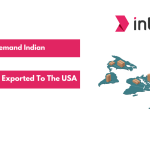
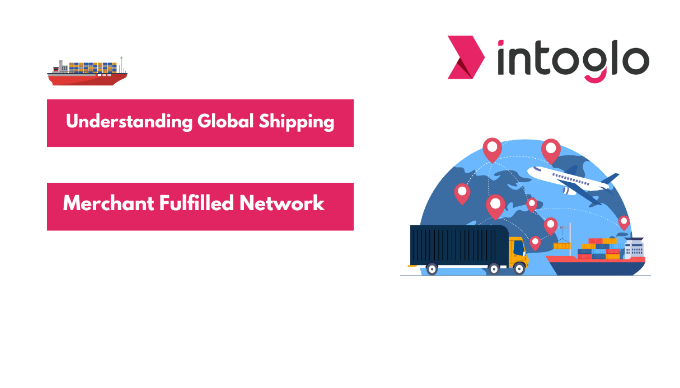
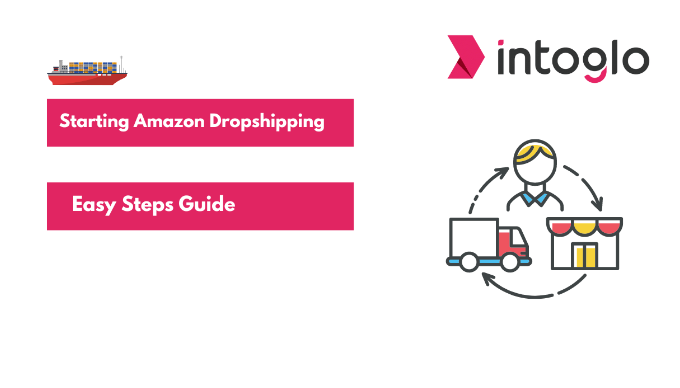
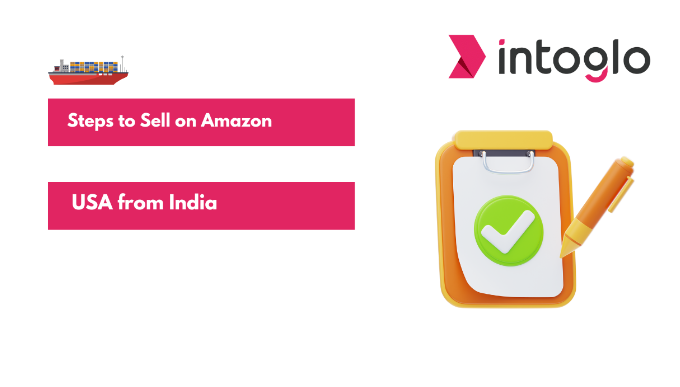
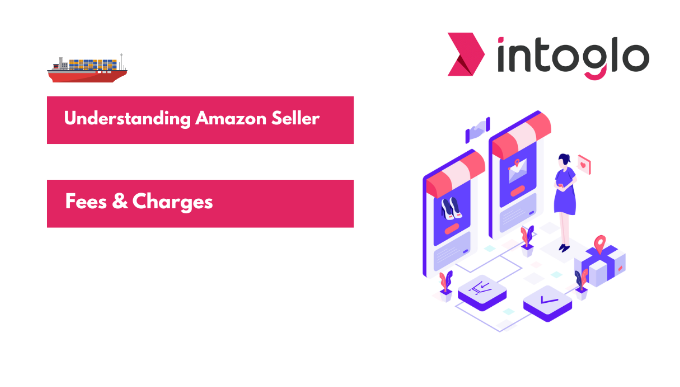
Leave a comment